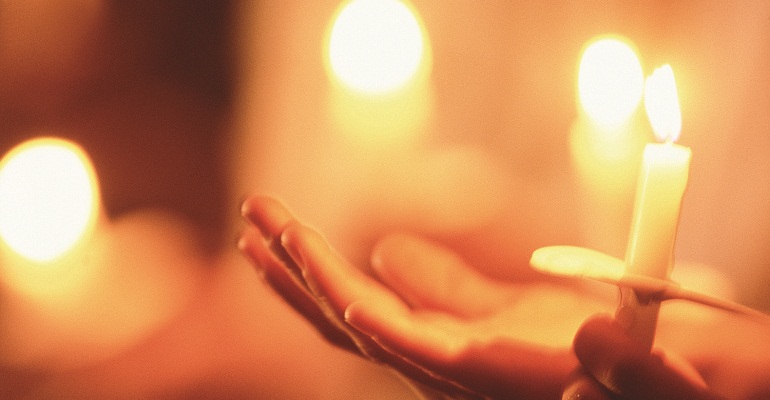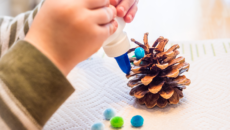Posadas, Piñatas, and Pageantry
Many Latin American countries celebrate the story of Christ’s birth with weeks of wonderful processions, theatre, and religious ceremony. Some of these traditions have traveled to our country — to the Southwest states as well as to other Latino communities — so you may be able find local festivities that honor your child’s heritage. Or consider adding these multicultural traditions to your own.
Las Posadas: In Guatemala and Mexico, the Christmas season begins in mid-December with the tradition of Las Posadas (the inns). Children, dressed as Joseph and Mary, reenact their search for shelter by stopping at “inns” dispersed throughout the town to ask for lodging. They are repeatedly turned away until, finally, an innkeeper welcomes them, and a festive party ensues, with music, food, and, in Mexico, a piñata for the children.
This elaborate procession is repeated for nine nights, ending on New Year’s Eve. For an abbreviated version of Las Posadas, condense the event to one night, and have your young Joseph and Mary travel from room to room of your house.
Nacimientos: The making of Nativity scenes is a complex craft in Mexico, Guatemala, Venezuela, Peru, and other South American countries. Entire miniature villages surround the empty manger. There are vendors with vegetable carts, women making tortillas, and farmers milking cows. Scenes from other Bible stories are sometimes incorporated, as are mountains, waterfalls, and the occasional, unlikely covering of snow. On Christmas Eve, a “godparent” gently places a figure of the Baby Jesus in the scene’s manger.
Day of the Three Kings: The major day of gift-giving in Panama, Puerto Rico, Mexico, Nicaragua, Bolivia, and Paraguay is January 6, the date that the Three Wise Men supposedly brought gifts of gold, frankincense, and myrrh to the newborn Christ Child. In some countries, children leave their shoes outside the door the night before, along with some straw for the Magi’s camels. If they’ve been good, the next morning they’ll find the presents they’ve been hoping for. If not, they find lumps of coal in their shoes.
Recipe: Rosca de Reyes (Three Kings Sweet Bread)
This ring-shaped bread, baked in Peru and Mexico, contains a surprise: a small doll representing the baby Jesus baked right in. The bread is served on Epiphany — January 6 — and whoever gets the slice with the doll must host a party on the next festival day. For a party-size rosca:
Ingredients
Dough:
- 1 .6 oz (2 3/4 cakes) compressed yeast
- 8 1/2 cups flour
- 8 eggs
- 1 1/4 cup sugar
- 1 3/4 cups butter, softened
- 1/8 teaspoon cinnamon
Decorative paste:
- 1 cup butter
- 1 cup sugar
- 1 egg
- 1 3/4 cups flour
Topping:
- Candied fruit
Directions
- Crumble the yeast into 1/2 cup warm water. Mix with the remainder of the dough ingredients and beat until the dough is smooth and elastic. On a large, ungreased baking sheet, shape the dough into a large ring. Tuck a miniature plastic doll inside the dough. Cover the ring with a clean cloth or towel and leave it in a warm place for 2 hours.
- Preheat the oven to 350˚ . After the ring has risen, before baking, prepare the decorative paste by creaming the butter and sugar in a medium bowl. Beat in the egg, then gradually mix in the flour. Decorate the ring with the paste by making rays out from the center.
- Bake 40–50 minutes, until ring is golden brown. Decorate with candied fruit.
Recipe by Karen Hursh Graber. As presented in Mexico Connect,www.mexconnected.com.



